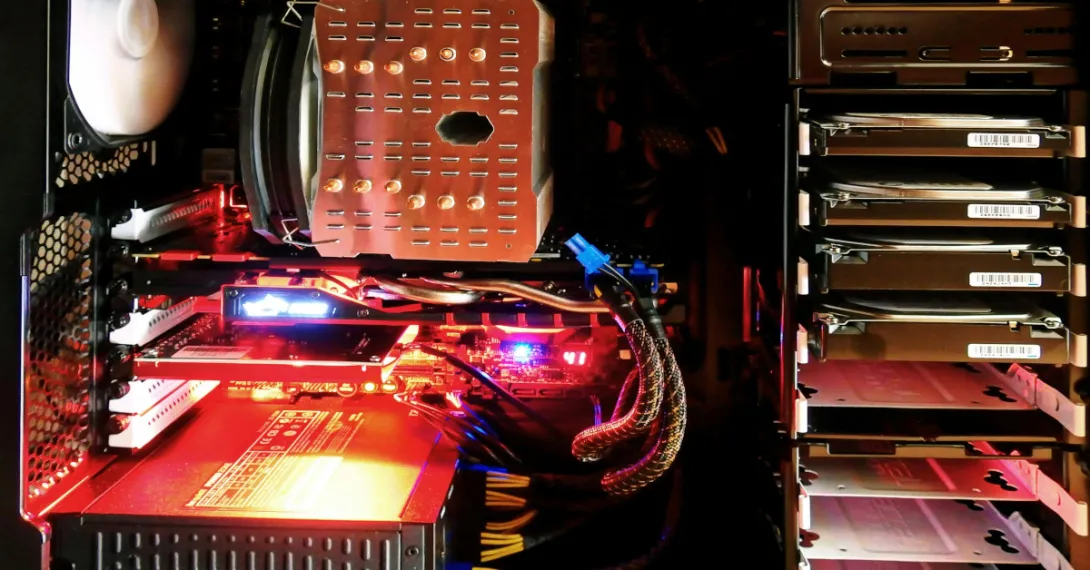
Introduction
Running out of storage on your Windows machine? You’re not alone. Over time, temporary files, old Windows updates, and forgotten software can hog your hard drive. The good news is that you can quickly reclaim space—sometimes tens of gigabytes—using built-in Windows tools and a few smart strategies.
In fact, in one recent scenario, we managed to free nearly 20GB by deleting outdated Windows update files alone. Read on to learn how you can clear out the clutter!
1. Harness the Power of Windows Disk Cleanup
Disk Cleanup is a Windows utility that targets unnecessary files, helping you regain disk space with just a few clicks. Here’s how to use it:
- Open Disk Cleanup:
- Press the Windows Key, type “Disk Cleanup,” and select the Disk Cleanup app.
- Alternatively, open File Explorer, right-click the C: drive, click Properties, and choose Disk Cleanup.
- Select Your Drive:
- If prompted, pick the drive you’d like to clean (usually the C: drive).
- Scan for Files:
- Disk Cleanup will automatically calculate how much space you can recover from common file types like temporary files, Recycle Bin contents, and log files.
- Clean Up System Files:
- Click Clean up system files in the Disk Cleanup window.
- You may be asked to select the drive again.
- This step scans for more space-hogging items, including Windows Update Cleanup.
- Check “Windows Update Cleanup”:
- In the list of items, you’ll see an entry called “Windows Update Cleanup.”
- Select it if you feel comfortable removing older update files (in most cases, this is safe to do after you’ve confirmed your system is up to date and running smoothly).
- Tip: In some instances, this could free up multiple gigabytes of space.
- Confirm & Run:
- Click OK, then Delete Files to begin the cleanup process.
- The time required depends on the volume of files; it can range from a few minutes to longer if you’re removing large chunks of data.
2. Use Storage Sense (Windows 10/11)
For those on Windows 10 or Windows 11, Storage Sense is an alternative or supplemental method. When enabled, it automatically frees up space by deleting temporary files, clearing the Recycle Bin, and more.
- Access it by going to Settings > System > Storage.
- Toggle on Storage Sense and configure how often you want it to run.
3. A Quick Personal Anecdote
During a recent cleanup, we discovered nearly 20GB was being consumed by obsolete Windows updates. Simply ticking the “Windows Update Cleanup” checkbox in Disk Cleanup helped reclaim valuable storage. This quick process significantly boosted available space, which was then repurposed for software installations and file backups. Many people don’t realize that Windows Update files linger well past their usefulness, so don’t miss out on this hidden gem!
4. Additional Space-Saving Tips
- Uninstall Unused Programs: Head to Control Panel > Programs and Features (or Settings > Apps on Windows 10/11) to remove old or unused applications.
- Clear Temporary Files Manually: Tools like CCleaner or built-in temp file removal can help—just be cautious, as over-aggressive cleaning can sometimes affect system performance.
- Check Your Downloads Folder: Sort through large downloads; you might find a trove of files you no longer need.
- Move Files Off Your Primary Drive: If you have a secondary drive or external storage, consider moving large media files, archives, or backups off the main Windows drive.
5. Before You Hit “Delete”
A quick word of caution:
- Ensure Critical Updates Are Installed: Don’t remove Windows Update files if you have pending updates that haven’t been applied yet.
- Backup Important Data: If you’re concerned about accidentally deleting something crucial, back up your system or key files before you run Disk Cleanup.
- Proceed Slowly: If you’re new to system maintenance, consider testing the process on a less critical machine or consult an IT professional.
Conclusion & Next Steps
Clearing out old Windows updates, temporary files, and unneeded programs can work wonders for your system’s performance and free up gigabytes of space you never knew you had. With simple tools like Disk Cleanup and Storage Sense, keeping your drive healthy and clutter-free becomes a breeze.
Ready to optimize your tech environment further? Stay tuned for more IT Services tech tips from us—coming soon. And if you need customized guidance or a thorough system audit, get in touch with our team for expert support!